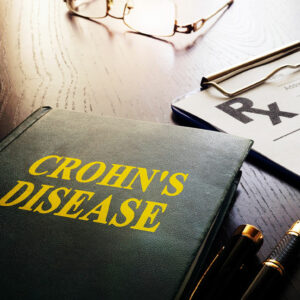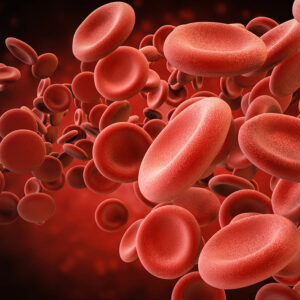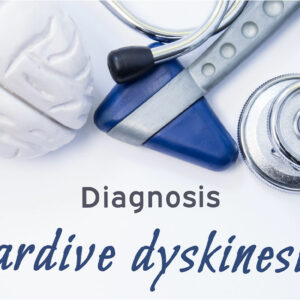
01
Tips to help combat melanoma
Melanoma, or black tumor, is the riskiest type of skin cancer. It originates from the skin cells called melanocytes that produce melanin, the dark pigment which gives skin its color. This type of cancer grows quickly and spreads to other body organs. Changes in the size or appearance of an existing mole are some of the indicators. Here are the treatment options, food plans, and lifestyle changes to manage the condition: The treatment of melanoma depends on the stage of the condition and the person’s overall general health. They are: Stage 0 or Melanoma in situ Here, cancer is present in the top layer of the skin or the epidermis. Stage I In this stage, it is low-risk primary melanoma with no evidence of spread. In this stage, it is usually curable with surgery. Stage II There is no evidence of spread, but features are present, which indicate a significant risk of recurrence. Stage III In this stage, cancer has spread to nearby lymph nodes or skin. Stage IV Here, it may have spread to more distant lymph nodes, skin, or internal organs. Treatment The doctor will diagnose the condition based on various tests, such as biopsy, CT scan, MRI scan, PET scan, and multiple blood tests. Surgery is generally the primary treatment for melanoma. Besides that, the doctor may prescribe: Opdivo This treatment option is sometimes used in combination with others. It is used to treat people who have had surgery to remove cancer and the lymph nodes, preventing cancer from recurring. However, it is unknown whether this treatment option is effective and safe for young children. It may sometimes cause serious side effects such as dizziness, fever, itching, and rashes. So, it is always a good option to consult a healthcare expert if these side effects prevail. Nutritional options In addition to limiting sun exposure, it is also suggested to go for healthy and nutritional meal plans.
Read More 










